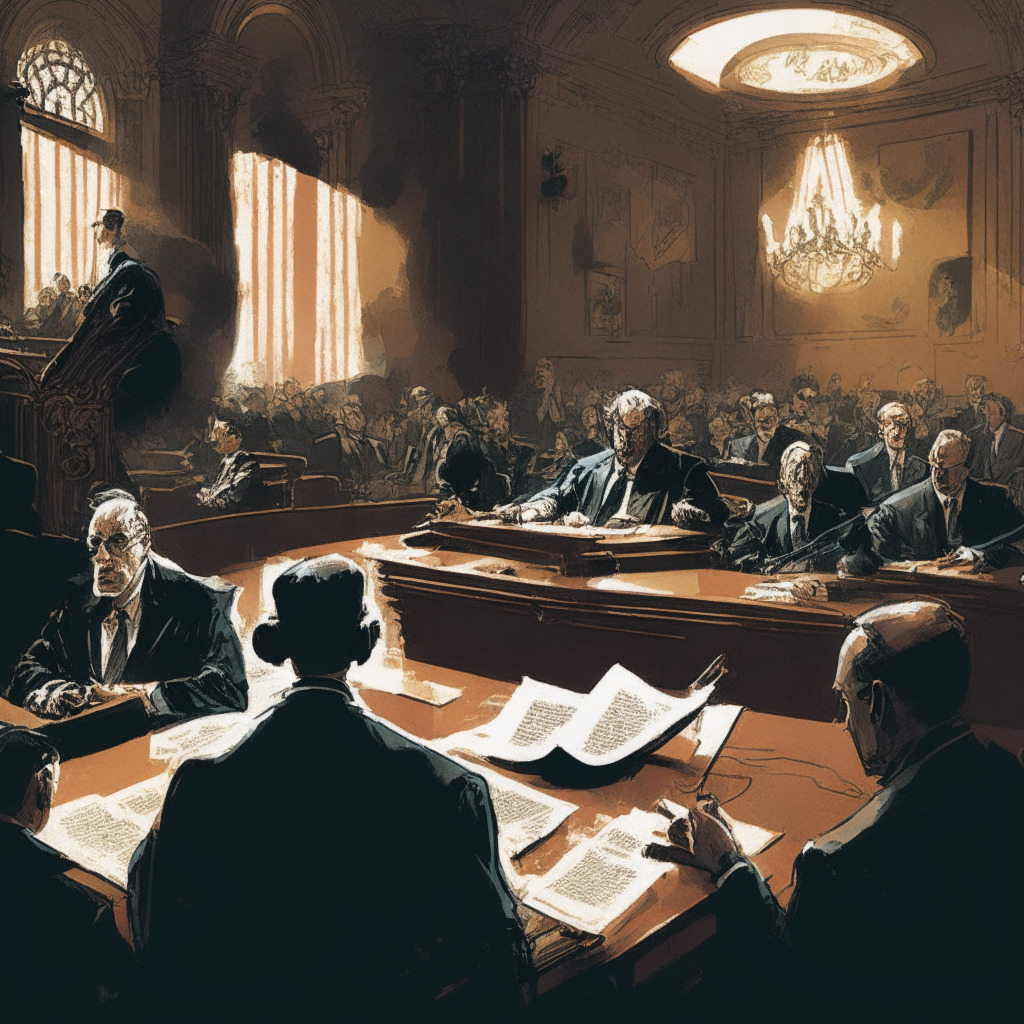Stuart Alderoty, the chief legal officer at Ripple, has recently called for a new investigation into former U.S. Securities and Exchange Commission’s (SEC) director Bill Hinman. This comes after the unsealing of documents related to Hinman’s 2018 speech, during which he stated that ETH should not be considered as security, as it was “sufficiently decentralized.” This statement would later create confusion when the SEC sued Ripple Labs for alleged sales of $1.6 billion worth of XRP as an unregistered security.
Alderoty now claims that Hinman “invented factors” to determine what “sufficiently decentralized” actually is and has urged the SEC to both remove the speech from its website and launch an investigation into the former director. He argues that there needs to be an understanding of what or who influenced Hinman and why conflicts were ignored. Additionally, he questions the SEC’s decision to continue publicizing the speech, knowing it would cause “greater confusion.”
According to Alderoty, the unsealed emails provide evidence that Hinman ignored multiple warnings about the speech containing “made-up analysis with no basis in law” and creating confusion within the crypto market. The Ripple chief legal officer also pointed out that the emails show dissent among SEC officials regarding certain aspects of Hinman’s speech, and that their concerns were ignored by him.
Furthermore, Alderoty comments on the Howey test, a legal framework used by the SEC to determine whether a transaction can be classified as an investment contract or security. While originally formulated for traditional investments, this test has since been applied to cryptocurrencies. Alderoty argues that Hinman’s speech goes beyond the typical Howey analysis, leading to greater confusion in understanding what constitutes a security in the crypto world.
He also adds that the unsealed documents reveal that Hinman skipped over the “threshold jurisdictional question” of whether a digital asset meets the legal standards of a security. Instead, he focused on the benefits of SEC oversight, drawing criticism from the Office of General Counsel (OGC).
In light of these revelations, Alderoty claims that Hinman’s speech should no longer be used in any serious discussion about whether a token is a security or not. His assertion highlights the ongoing debate surrounding the clear and unambiguous classification of cryptocurrencies in legislative terms.
The call for an investigation into Hinman’s speech emphasizes an ongoing concern for transparency and clarity within the regulatory landscape of the crypto market. As the industry continues to grow and evolve, it becomes increasingly necessary to hold regulatory officials accountable for the accurate application of the law in their respective jurisdictions.
Source: Decrypt




